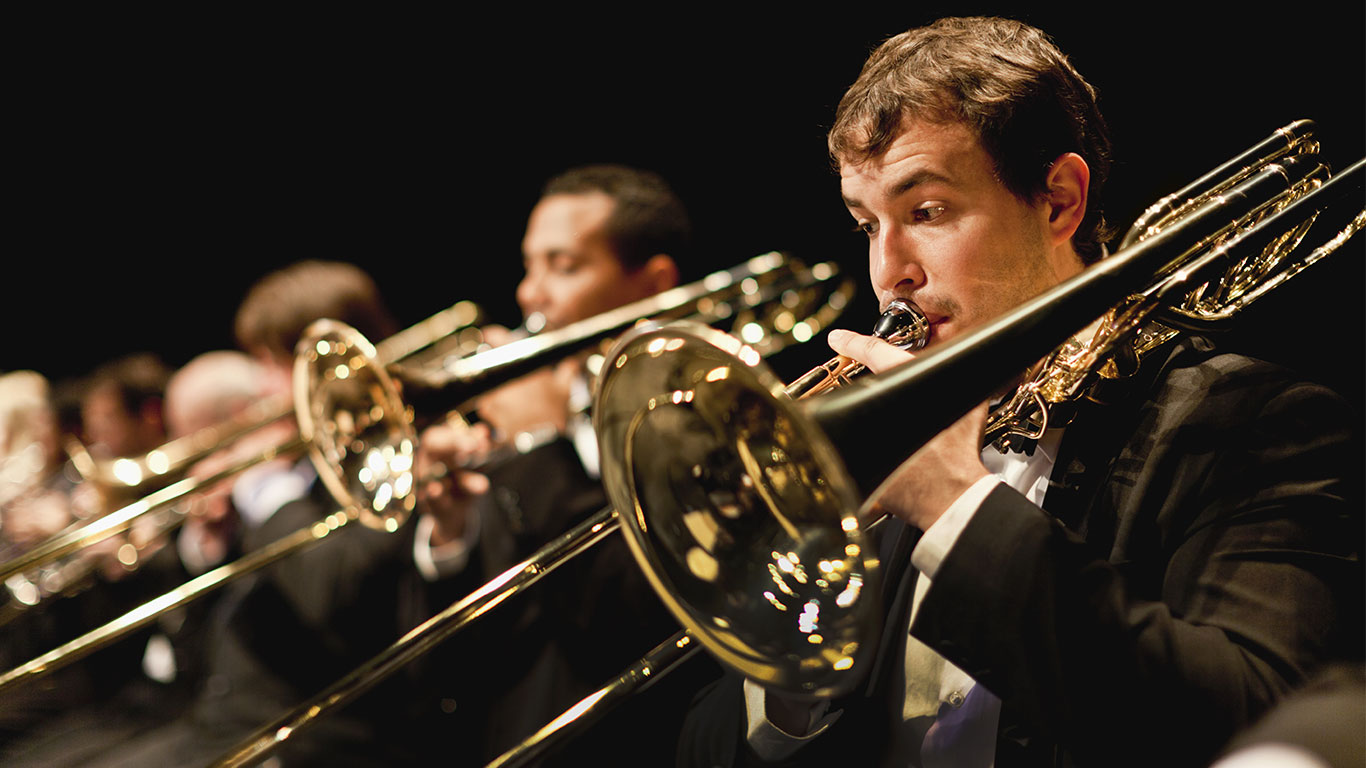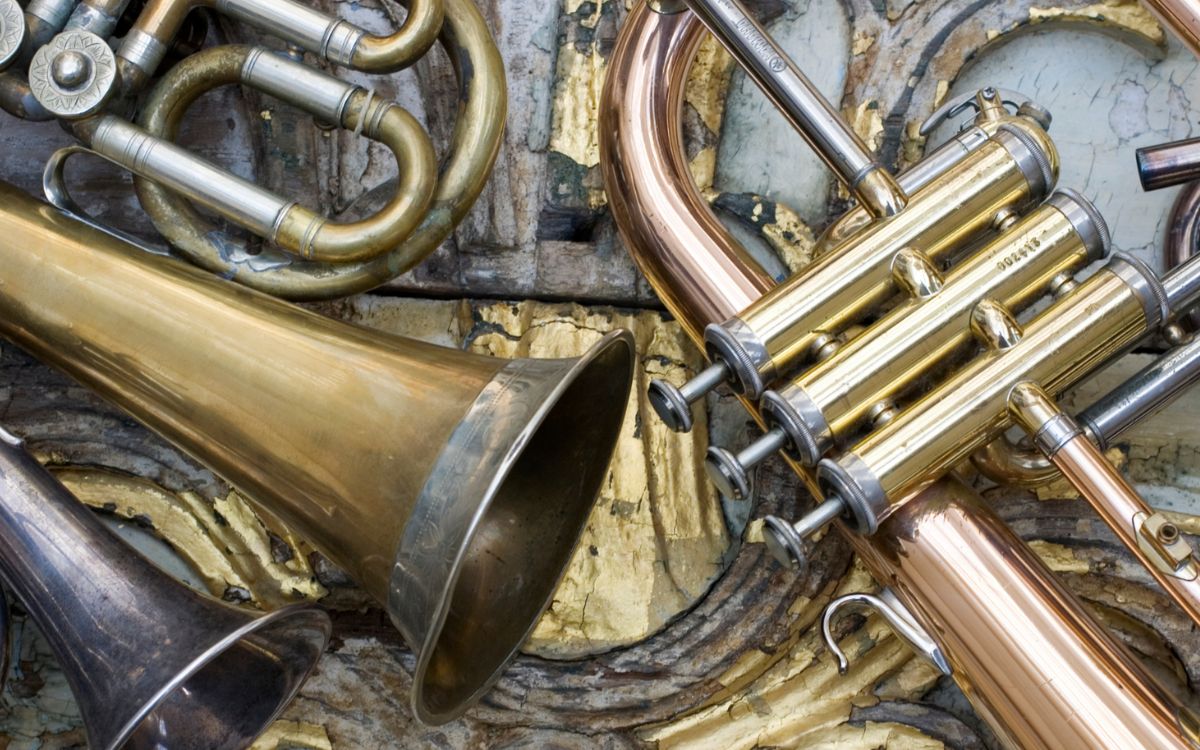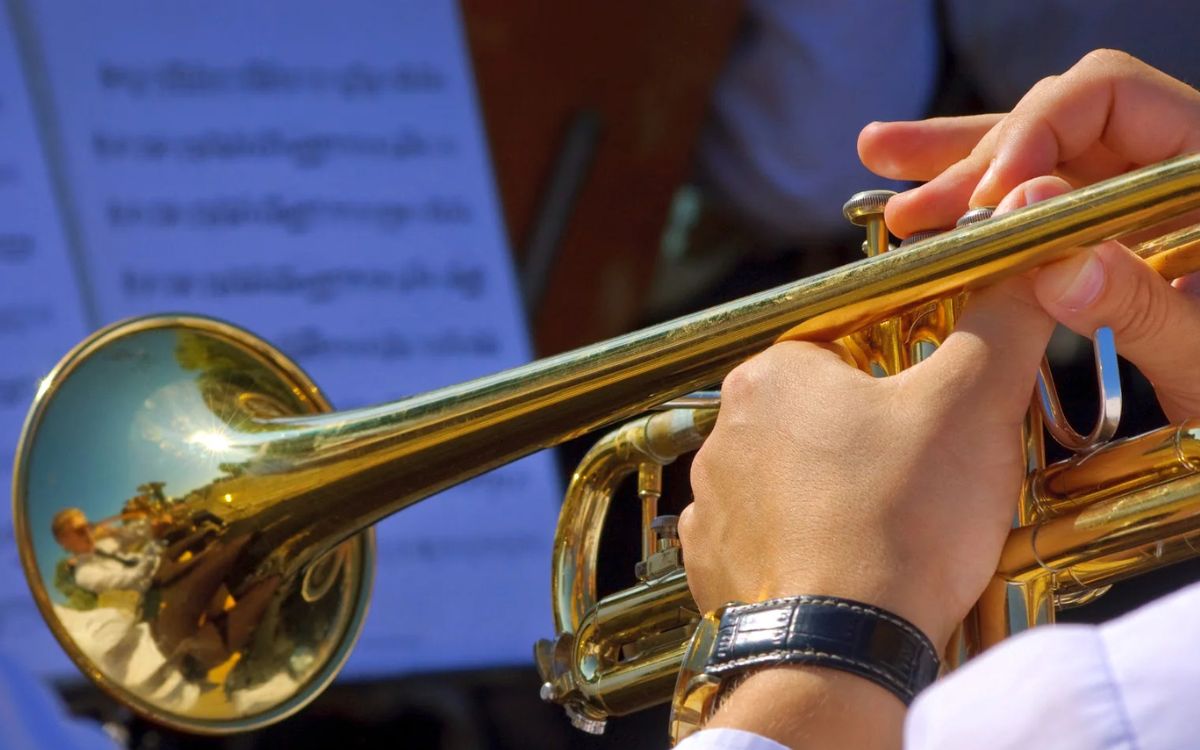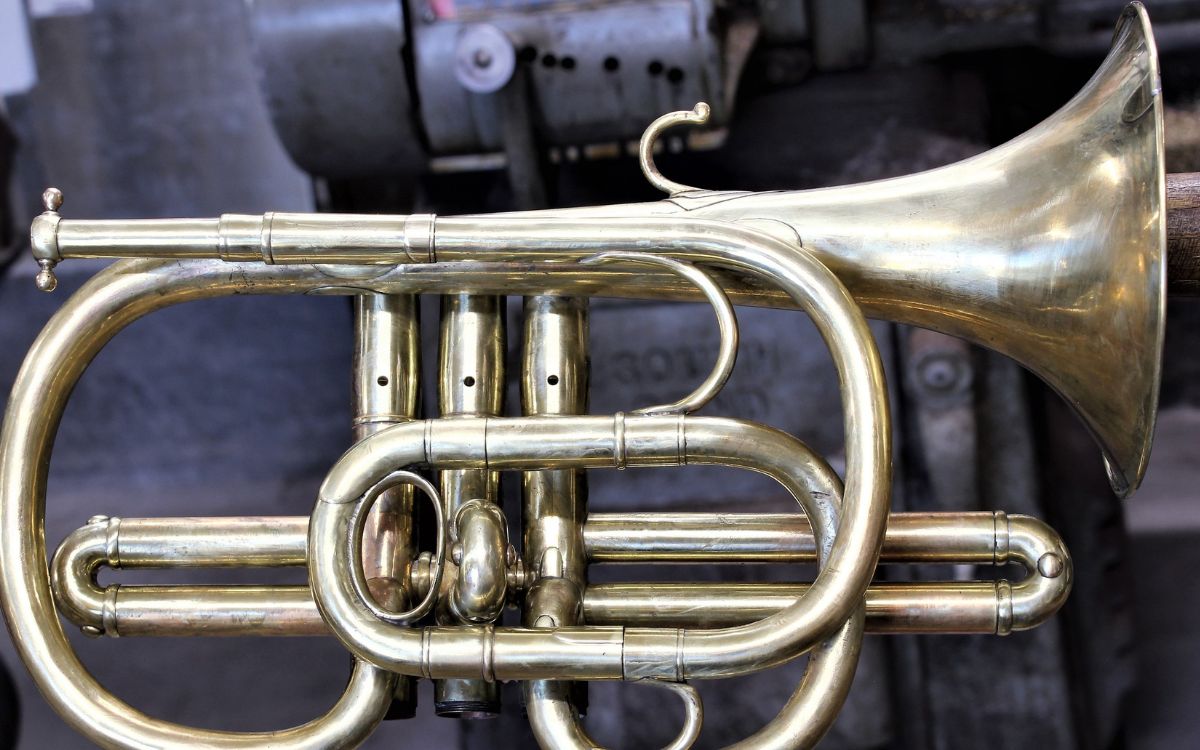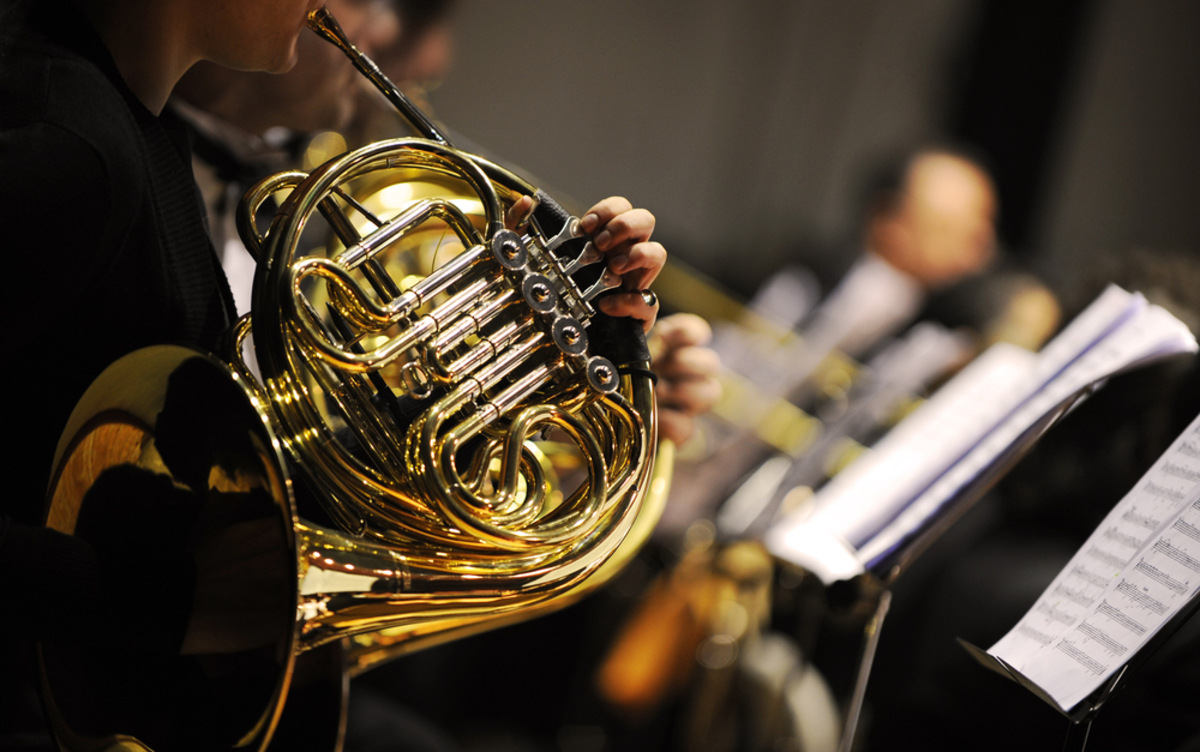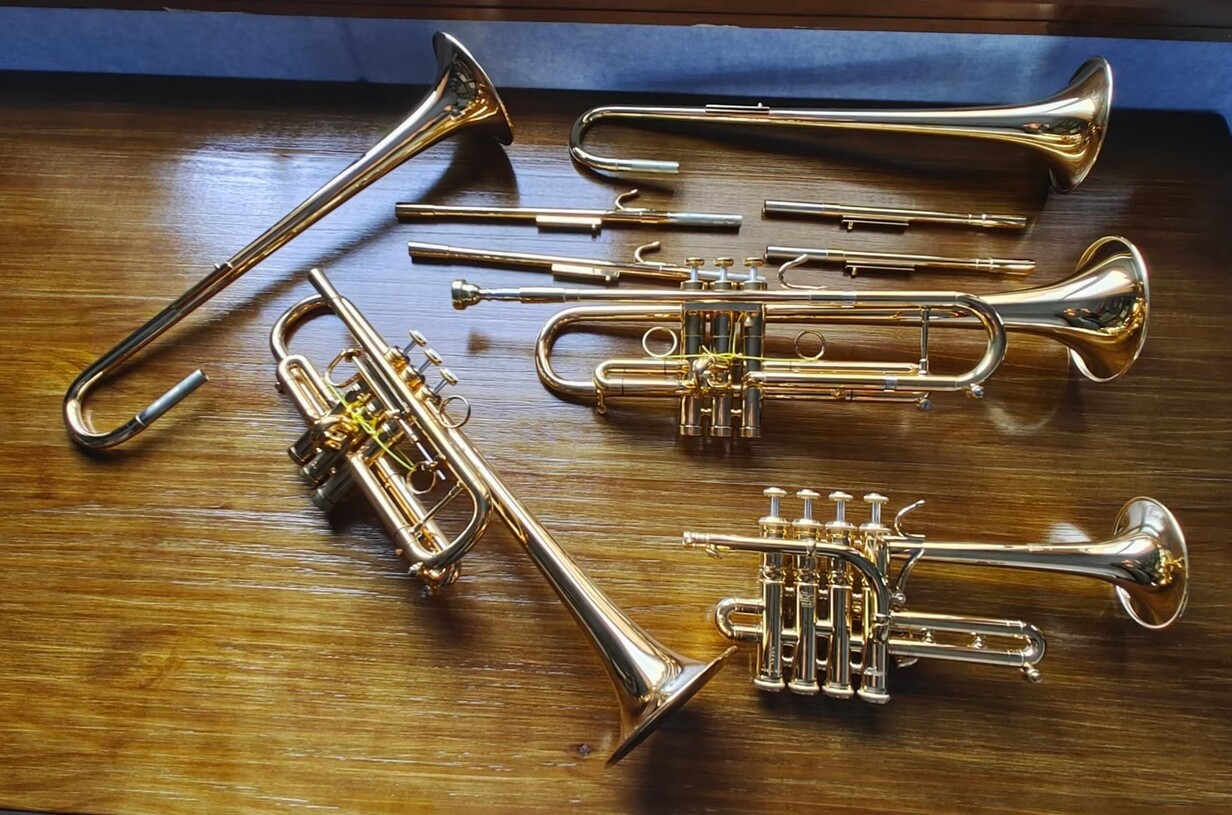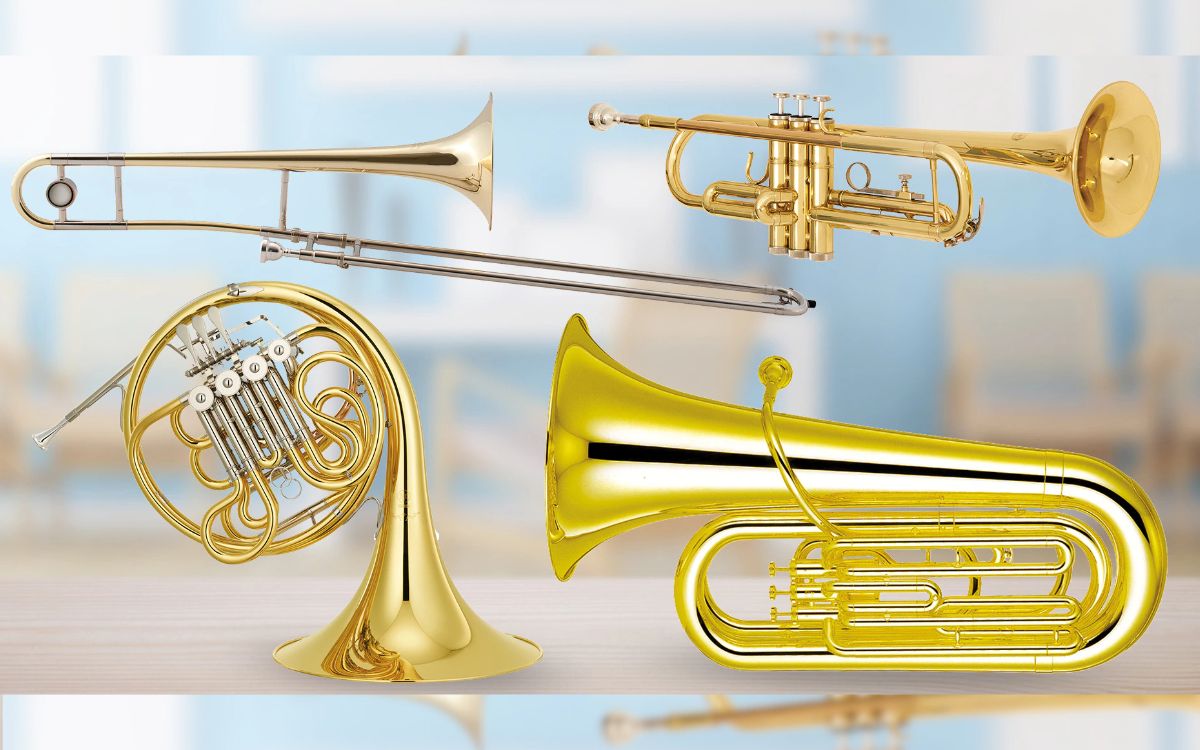Home>Instruments>Brass Instruments>Why Are Brass Instruments Louder Than Woodwinds
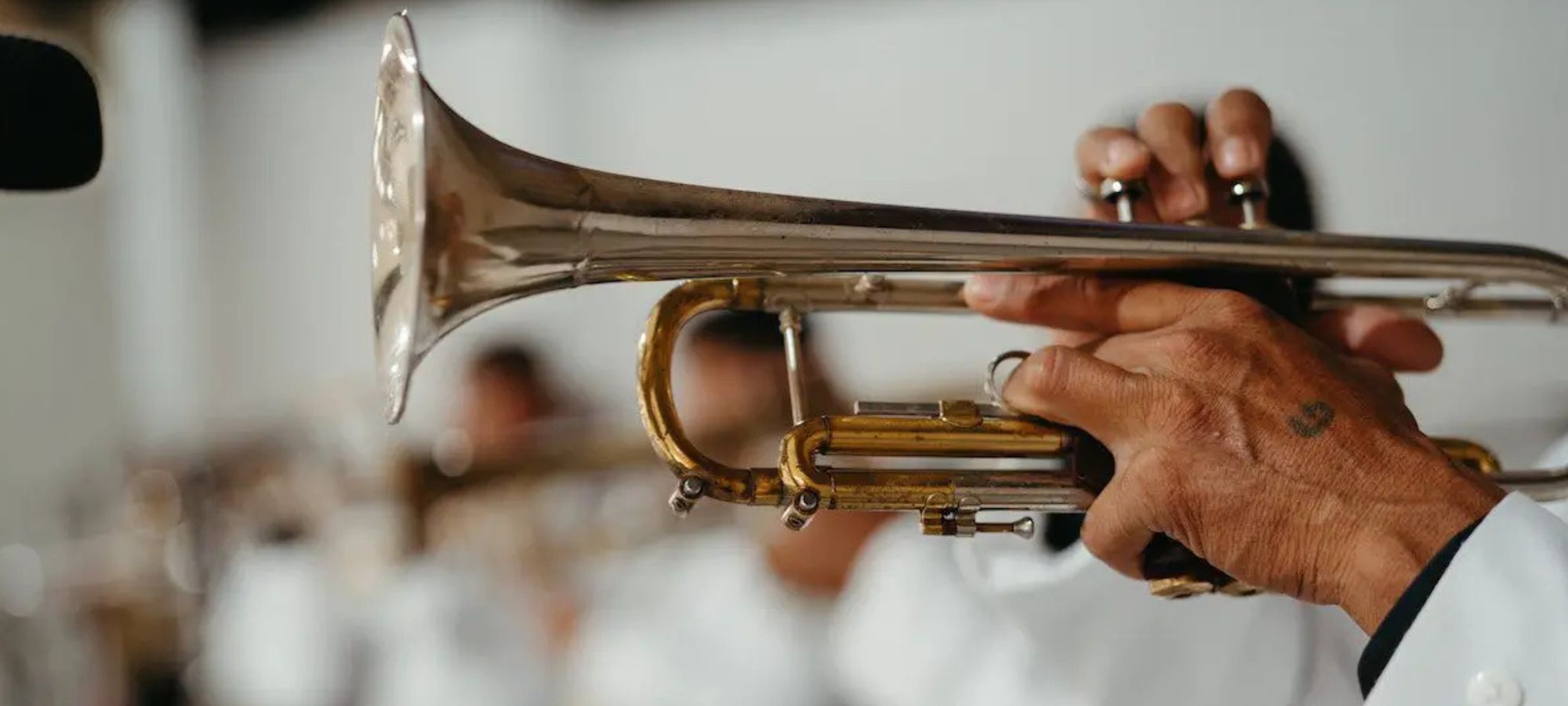

Brass Instruments
Why Are Brass Instruments Louder Than Woodwinds
Published: January 15, 2024
Discover why brass instruments are significantly louder than woodwinds and explore the unique characteristics of brass instruments that contribute to their powerful sound.
(Many of the links in this article redirect to a specific reviewed product. Your purchase of these products through affiliate links helps to generate commission for AudioLover.com, at no extra cost. Learn more)
Table of Contents
Introduction
Brass and woodwind instruments are both important families in the world of music, but they have distinct characteristics that set them apart. One notable difference is the level of loudness produced by these instruments. Brass instruments, including trumpets, trombones, and tubas, are known for their powerful and resonant sound. On the other hand, woodwind instruments like flutes, clarinets, and saxophones produce a softer and mellower tone.
In this article, we will explore the reasons why brass instruments are generally louder than woodwind instruments. We will delve into the mechanics of sound production, the inherent acoustic properties of each instrument, and the factors that contribute to sound projection.
Understanding why brass instruments have a louder sound can provide valuable insights for musicians, instrument manufacturers, and music enthusiasts alike. So, let’s embark on this journey to uncover the secrets behind the loudness of brass instruments.
Explanation of Brass Instruments
Brass instruments, as the name suggests, are made primarily of brass or other metals. They comprise a mouthpiece, a long tube that widens into a bell, and various valves or slides for pitch control. When a musician blows air into the mouthpiece, their lips vibrate, creating sound waves that travel through the instrument.
One key aspect that contributes to the loudness of brass instruments is their design. The long and conical shape of the tubing allows for efficient sound amplification. As the sound waves travel through the instrument, they bounce off the inner walls, causing them to resonate and amplify. The wider bell at the end of the instrument acts as a sound projector, directing the sound waves outward.
Additionally, brass instruments typically have a larger bore size compared to woodwind instruments. The bore size refers to the diameter of the tubing. A larger bore allows for greater air volume to pass through, resulting in a more powerful and resonant sound. The combination of the conical shape and large bore creates a favorable acoustic environment for sound production in brass instruments.
Another factor that contributes to the loudness of brass instruments is the use of brass material. Brass is a dense metal known for its excellent sound conduction properties. When the sound waves travel through the metal tubing, they are efficiently transmitted, resulting in a more vibrant and powerful sound.
It’s also important to note the role of the musician’s embouchure in producing sound on a brass instrument. The embouchure refers to the way the musician shapes their lips, facial muscles, and airflow to create a specific sound. A skilled brass player can produce a greater volume of sound by manipulating their embouchure techniques, further enhancing the overall loudness of the instrument.
Overall, the design, bore size, material, and embouchure of brass instruments all contribute to their inherently loud and resonant nature. These factors work together to create a unique and powerful sound that distinguishes brass instruments from their woodwind counterparts.
Explanation of Woodwind Instruments
Woodwind instruments, unlike brass instruments, are primarily constructed of wood or metal and feature a series of holes and keys along a cylindrical or conical tube. The sound in woodwind instruments is generated through the player blowing across a mouthpiece or through a reed.
One reason why woodwind instruments produce a softer and mellower sound compared to brass instruments is their construction. The cylindrical or conical shape of the tubing allows for the vibration of air within the instrument, creating sound waves. However, the shape of the tubing does not provide the same level of sound amplification as the long, conical shape of brass instruments.
The use of specific materials, such as wood or metal, in woodwind instruments also contributes to their unique sound quality. The use of wood, such as in the case of the clarinet or the flute, creates a warm and rich tone. On the other hand, metal-bodied instruments like the saxophone or the metal flute produce a brighter and more focused sound.
An important factor that affects the loudness of woodwind instruments is the size and density of the instrument itself. Generally, larger woodwind instruments like the bassoon or the contrabassoon can produce a greater volume of sound due to their larger size and longer tubing. Moreover, the use of additional keys and mechanisms in some woodwind instruments allows for a wider range of notes and tonal variations.
The reed used in woodwind instruments also plays a significant role in the overall sound projection. Single reeds, as found in saxophones or clarinets, vibrate against a mouthpiece when the musician blows into it, creating sound waves. In the case of double reed instruments like the oboe or bassoon, two reeds vibrate against each other to produce sound. The size and stiffness of the reeds further influence the volume and quality of the sound produced by woodwind instruments.
Although woodwind instruments may not have the raw power and projection of brass instruments, they excel in their ability to produce nuances and subtle tonal variations. The intimate and expressive qualities of woodwind instruments make them indispensable in orchestras, chamber ensembles, and other musical settings.
Comparison of Sound Production Mechanisms
Despite their differences in construction and materials, both brass and woodwind instruments rely on the vibration of air to produce sound. However, the mechanisms by which these vibrations are created differ between the two families.
In brass instruments, sound production starts with the musician buzzing their lips into a mouthpiece. This buzzing creates vibrations that travel through the instrument’s tubing, causing the air inside to vibrate as well. By controlling the airflow and embouchure, the musician can manipulate the pitch and volume of the sound produced. The valves or slides in brass instruments aid in altering the length of the tubing, allowing for additional pitch variations.
On the other hand, woodwind instruments produce sound through the interaction of air and an external source, such as a reed or a mouthpiece. Single-reed instruments like the clarinet and saxophone rely on a thin piece of cane reed attached to the mouthpiece. When the musician blows air through the reed, it vibrates, creating sound waves. Double-reed instruments, such as the oboe and bassoon, produce sound when two reeds vibrate against each other. The vibrations are amplified and shaped by the instrument’s tubing and keys, allowing for pitch and tonal control.
The fundamental difference in sound production mechanisms between brass and woodwind instruments contributes to their distinct sonic characteristics. The buzzing of the lips in brass instruments produces a more focused and resonant tone, allowing for a louder and more penetrating sound. Woodwind instruments, on the other hand, produce a softer and more mellow sound due to the nature of their reed-based vibration.
Both families of instruments offer unique tonal qualities and expressive capabilities, allowing musicians to create a wide range of emotions and musical styles. While brass instruments excel in power and projection, woodwind instruments showcase subtlety and versatility.
Analysis of Acoustic Properties
The acoustic properties of brass and woodwind instruments play a crucial role in determining their loudness and tonal characteristics. Understanding these properties can shed light on why brass instruments are generally louder than woodwind instruments.
One key factor is the shape of the instrument’s tubing. Brass instruments typically have a long, conical shape, whereas woodwind instruments have a cylindrical or conical shape. The conical shape of brass instruments allows for efficient sound amplification and projection. As sound waves travel through the instrument, they bounce off the inner walls, causing them to resonate and amplify. This conical shape facilitates the production of a loud and resonant sound.
Another aspect to consider is the material used in construction. Brass instruments, as the name suggests, are predominantly made of brass or other metal alloys. Brass is known for its excellent sound conduction properties, allowing for efficient transmission of sound waves through the instrument. This results in a more vibrant and powerful sound. In contrast, woodwind instruments are usually made of wood or metal. The choice of material can influence the resonance and tonal characteristics of the instrument, contributing to the softer and mellower sound produced by woodwind instruments.
Furthermore, the size and bore of the instrument impact its acoustic properties. Brass instruments typically have larger bore sizes compared to woodwind instruments. The bore size refers to the diameter of the tubing. A larger bore allows for greater air volume to pass through, resulting in a more robust sound production. The size of the instrument itself also contributes to the acoustic properties. Larger woodwind instruments, such as the bassoon or contrabassoon, tend to produce a greater volume of sound due to their extended length and increased air capacity.
The design and positioning of the bell also contribute to the sound projection in brass instruments. The bell acts as a sound projector, directing the sound waves outward. The wider the bell, the better it can disperse the sound, resulting in a more prominent and dynamic projection. Woodwind instruments, while they may have a flare at the end of the tubing, do not have the same level of sound projection capabilities as brass instruments.
Ultimately, the acoustic properties of brass and woodwind instruments work in conjunction with the musician’s technique and skill to produce the desired sound. Brass instruments, with their conical tubing, use of brass material, and larger bore size, are built to excel in loudness and projection. On the other hand, woodwind instruments, with their cylindrical or conical shape and use of specific materials, thrive in producing nuanced and expressive tones.
Factors Affecting Sound Projection
The level of sound projection in brass and woodwind instruments is influenced by various factors that go beyond their inherent design and acoustic properties. These factors can have an impact on the overall loudness and projection of the instruments.
One crucial factor is the skill and technique of the musician. The way a musician blows into the instrument, shapes their embouchure, and controls the airflow can greatly affect the sound projection. Brass players, in particular, can manipulate their embouchure to produce a greater volume of sound. By adjusting the lips, facial muscles, and tongue position, they can generate more intense vibrations and produce a louder and more powerful sound.
Another factor is the mouthpiece or reed used in the instrument. Different types of mouthpieces or reeds can influence the sound projection. For example, in brass instruments, the size and shape of the mouthpiece can impact the airflow and the resulting sound projection. In woodwind instruments, the choice of reed, along with its size and stiffness, can affect the loudness and tonal quality. A more responsive and resonant mouthpiece or reed can contribute to better sound projection.
The environment in which the instruments are played also plays a role in sound projection. The acoustics of a performance space or venue can either enhance or diminish the sound produced by the instruments. Factors such as room size, materials used in the construction, and the presence of sound-absorbing surfaces can affect the way sound waves are reflected and transmitted. Musicians and performers often adapt their playing techniques to suit different acoustic environments to ensure optimal sound projection.
Instrument maintenance and upkeep can also impact sound projection. Regular cleaning, oiling, and maintenance of valves, slides, and keys in brass and woodwind instruments are essential to ensure optimal functionality. Any restrictions or issues with these parts can inhibit the proper flow of air and affect the instrument’s ability to project sound effectively.
Lastly, the choice of accessories and equipment can influence sound projection. For example, in brass instruments, the use of a straight mute or a cup mute can alter the sound and projection by partially blocking the airflow and modifying the sound waves. In woodwind instruments, the use of a larger or specialized mouthpiece can have a similar effect. By exploring different equipment options, musicians can experiment with sound projection and achieve desired results for different musical contexts.
By considering these factors and understanding their impact on sound projection, musicians can optimize their playing techniques, instrument setup, and equipment choices to achieve the desired level of loudness and projection in their performances.
Conclusion
Brass instruments and woodwind instruments, while both significant families in the world of music, have distinct characteristics when it comes to sound production. Brass instruments, with their long, conical shape, larger bore size, and use of brass materials, are generally louder and more powerful. Woodwind instruments, with their cylindrical or conical shape, and use of wood or metal materials, produce a softer and mellower sound.
The differences in sound production mechanisms, acoustic properties, and other influencing factors contribute to the varying levels of sound projection between the two instrument families. Brass instruments excel in raw power and projection, thanks to their design and the use of resonant materials. Woodwind instruments, on the other hand, offer versatility and subtlety in their sound production, making them ideal for expressing nuances and emotions.
Factors such as the musician’s skill and technique, the instrument’s mouthpiece or reed, the performance environment, instrument maintenance, and accessory choices can further impact sound projection. Musicians can harness these factors to optimize their playing, achieve desired levels of loudness and projection, and adapt to different musical contexts.
In conclusion, the loudness of brass instruments compared to woodwind instruments can be attributed to a combination of factors, including design, construction materials, acoustic properties, and playing techniques. Understanding these elements allows musicians, instrument manufacturers, and music enthusiasts to appreciate the unique qualities of each family and make informed choices in their musical pursuits.
Whether it’s the commanding presence of a brass instrument or the delicate expressiveness of a woodwind instrument, both families contribute to the rich and diverse landscape of music, offering a wide range of tonal colors and emotions for audiences to enjoy.

